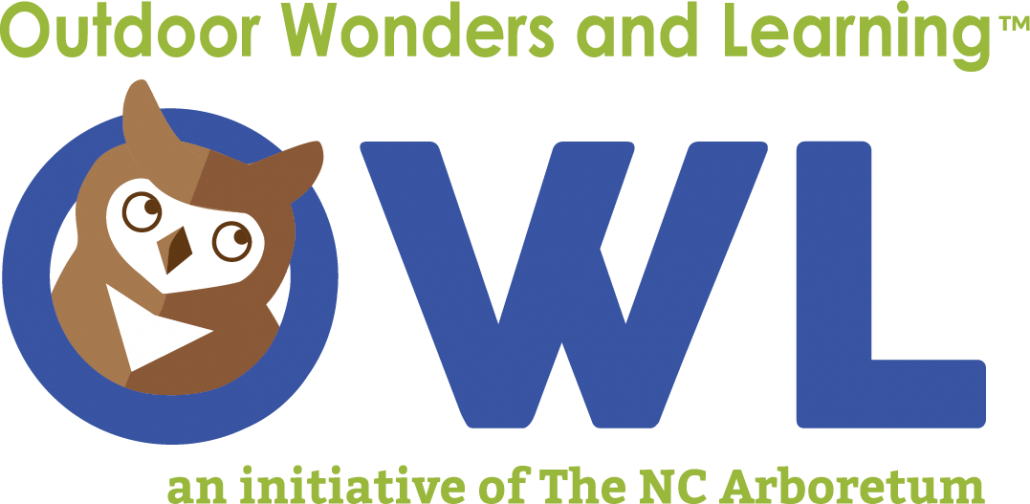Advanced Bird Study
Students will study the birds of their school yard and birds across the country to learn more about their adaptations to their habitats.
Supplemental Reading
National Geographic Kids Bird Guide of North America by Jonathan Alderfer
For the Birds: The Life of Roger Tory Peterson by Pegge Thomas
United Tweet of America by Hudson Talbott
Grade Levels:
Curriculum Correlation:
NCSCS—Science 4.L.1.2 5.L.2.3
NCSCS—Social Studies (Variation only) 3.G.1.6 5.G.1.2
NCSCS—ELA
3.RI.7, 3.W.2, 3.W.7, 3.W.8, 3.SL.4 4.RI.7, 4.RI.9, 4.W.2, 4.W.7, 4.W.8, 4.SL.4 5.RI.7, 5.RI.9, 5.W.2, 5.W.7, 5.W.8, 5.SL.4
Materials:
Bird photos from the Common Backyard Animals set or a variety of magazine photos
of birds; bird size comparison chart (see Appendix); online access to National Geographic’s Backyard Bird Identifier or download the free Merlin Bird App; beginner field guides featuring birds (optional); pencils and observation journals for the students; Bird Biography student page (see Student Pages)
Duration:
Introduction session is 30 minutes; follow up with four 15 minute sessions. Same time of day is preferable.Location:
Outdoor Study Area or classroom
Procedure:
1. Group Brainstorm:: Ask the group “What kinds of structures and behaviors do you have that might help you survive in your habitat?
2. Go outside to watch the bird feeder for at least 15 minutes. Be sure to leave enough space between the students and the feeder so the birds feel comfortable visiting, but so the students are also close enough to see the birds. As a bird appears, ask the students to give you the following details to record:
- What do you notice? (color, size)
- For younger students this can be a size comparison using common classroom objects – glue bottle or stick for small birds (wrens and sparrows), pencil box for medium birds (cardinals, blue jays, and robins), backpack for larger birds (crows).
- For older students be sure to take a ruler outside with you so they can estimate the size of the birds they observe.
- What is it doing? What are you wondering about its behavior? (eating from the feeder, landing on a tree, walking on the ground)
- If you’ve downloaded the Merlin App, you can identify the bird as students give you the details. Otherwise, you can use this same data inside look at the National Geographic website.
3. Repeat Step 1 for four more 15 minute sessions. It’s best to observe the study site close to the same time of day each time – mornings are best for bird activity. This way the results will be consistent.
4. After five days of observing and identifying birds, assign each student one the species for a more in depth research project. Use the Bird Biography (see Student Pages) student page as a project sheet or a reference to create your own. *When students are researching adaptations of their bird, it’s probably best to make “flying” off limits as an option.* This can be done as group work as well.
5. Students can present their projects to the class to practice public speaking. Projects can be displayed in the classroom, or copied for each student as a personal field guide.
Variations:
If your observations did not produce enough options for your student reports, assign the students a different State Bird from across the country. This way they will definitely have the opportunity to study the different habitats and even climates of the country and how these birds survive. Use State Symbols USA as a resource. Also, many states have their own website that includes information about their state symbols – State Websites for Kids is a good resource.
Extensions:
1. In the Project WILD activity “Thicket Game,” students (grades Pre-K through fourth grade) play the roles of
predator and prey as they learn about the importance of adaptations through a hide-and-seek simulation.
2. Third grade students can grow the seeds from the birdseed in a classroom experiment to see what plants they will grow into and how the birds might find this food in their habitat without human help.
Learning Targets:
1. Observe and compare characteristics of different bird species and identify how those characteristics help them in their habitats.
2. Utilize different types of information/technology to research bird species.
3. Analyze data collected from observations and draw conclusions based on what was learned.
4. Conduct a research project based on focused questions, demonstrating understanding of the subject under investigation.


Leave a Reply
Want to join the discussion?Feel free to contribute!